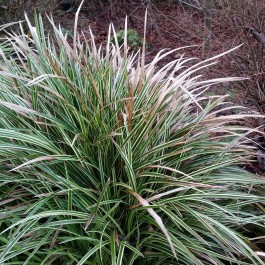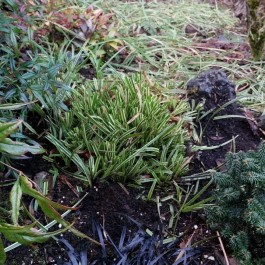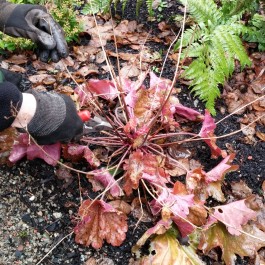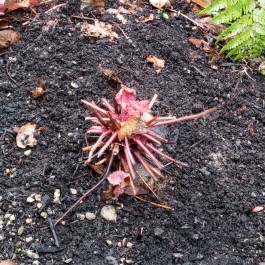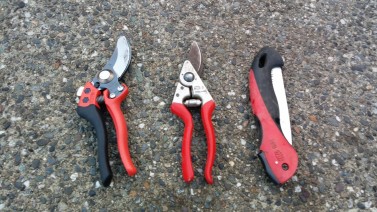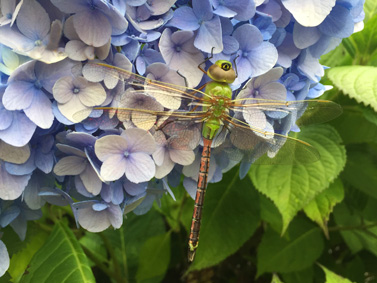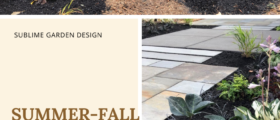Pruning tips and timing: a Valentine’s Day Gift to your Garden!
There seem to be so many rules and tricks to pruning it’s easy to get overwhelmed and intimidated. The reality is that, if pruning properly and thoughtfully, you can get the job done at many times during the year but when is best? In western Washington most pruning should be done in February while plants are dormant, just before new growth emerges.
What a better way to show some love for your plants than by pruning the right way at the right time. A Valentine’s Day gift to your garden!
Before you start pruning:
- Identify plant you want to prune
- Understand why you want to prune it
- Do some quick research on pruning that specific plant
Identifying your plant
The trickiest part of any pruning task can be understanding how to prune specific plants to bring out their best traits. This is why it is so important to know what plant you are looking at. Now, we’re not talking full botanical name with variety here. Just knowing it’s a Rhododendron and not a Dogwood is a good start.
There are a few times when it’s good to know a bit more like with clematis, raspberries, hydrangeas and roses. But often just knowing when the plant flowers can guide you well enough without the full name. (Example: if you know it flowers in July or later you are typically safe to prune back in early spring without affecting the flowering for that year. Alternatively, if it flowers prior to that, any hard pruning may cause you to lose this year’s flowers.)
Why are you pruning?
There may be many reasons to prune and almost every one of them is for us not for the plant. Pruning off dead, diseased or crossing branches are always a good decision for the health of the plant but beyond that, pruning is undertaken to fulfill our personal desires. Do you want to prune to: keep the plant smaller, narrower, train it into a hedge, increase fruit or flowers…
Pruning resources
Once you know what you want to prune do some quick research to determine any special requirements that plant may have. For example it may tolerate heavy pruning or you may have to wait until it’s done blooming to really get at it. One of my favorite reference books is The Pruners Bible by Steve Bradley. It is easy to follow, has great diagrams and references most common garden plants including berries and fruit trees.
CUTTING BACK FERNS, PERENNIALS & GRASSES
Herbaceous plants that die back to the ground in winter can be cut back in fall or late winter. We love to leave some up for winter interest and clean them up in February before new growth comes on. Depending on the plant, you can cut back, rake out or just pull off the dead growth from last year. Check out this video for a great tip on cutting back large grasses with ease.
https://www.youtube.com/watch?v=ep-1_xmoeeI
Ferns, grasses and perennials that are evergreen can tend to look a little battered by late winter. In February trim back herbaceous evergreen plants to the ground, being careful not to damage new growth.
Early blooming perennials have already set flower buds so it’s best to wait until they have finished blooming to cut back. If you mistakenly cut back an early bloomer it should not damage the plant but you will likely not get any flowers this year.
PRUNING SHRUBS & TREES
Pruning woody plants can be a bit trickier but if you follow a few rules of thumb you can get great results.
- Don’t cut off too much at time: A plant can get stressed if you remove too much mass (foliage/branches) at one time.
- Prune lightly and focus on thinning cuts: Unless you are taming a hedge you want to cut back to the point where one branch meets another, not simply whacking back at random. Cut taller or wayward branches back to the point where they meet another branch.
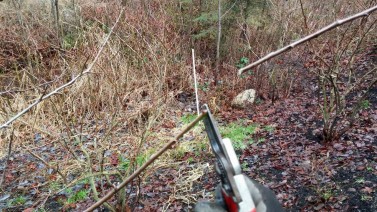
Heading Cut: Cutting off the end of a branch. There are times when this type of cut is used properly but it can lead to an increased flush of growth that is not always desired or healthy. When taking a heading cut be sure to cut to a bud so you don’t leave a stub.
- Use the right tool for the job: A SHARP pair of bypass shears, loppers and a pruning saw will assure you have the right sized tool for what you need to remove, making your job easier and the plant healthier.
- When in doubt prune soon after it blooms: This will assure you have the maximum flower display this season but be sure to prune quickly after flower so you don’t affect next year’s flower buds.
- If cutting back hard: Before you go crazy do some quick research to find out if your plant can handle heavy pruning. Plants like This sort of pruning is really best done in February so you are not left looking at the stumps all winter. New growth will emerge soon after cuts are made disguising your work.
What if you want to do the work yourself but need some help getting started? There are many horticulture professionals available to do consulting or ‘garden coaching’, including our staff Certified Horticulturist. Hiring a consultant lets you work side by side with a professional while you learn proper techniques. Empower yourself with knowledge!
We hope to discuss pruning some more over the coming weeks. In the mean time, let us know what your biggest pruning questions are and we’ll answer the most frequently asked questions.
Organized under Education, Garden Maintenance, Garden Tips & Advice. Labeled as Carex, Grasses, Heuchera, Pruning.
